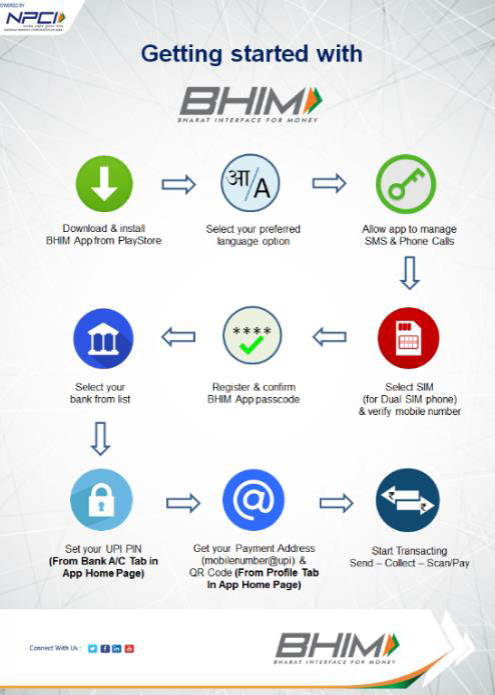IBRD and its Functions
The International Bank for Reconstruction and Development (IBRD) is one of five institutions that comprise the World Bank Group. The IBRD is an international organization whose original mission was to finance the reconstruction of nations devastated by World War II. Now, its mission has expanded to fight poverty by means of financing states. Its operation is maintained through payments as regulated by member states. It came into existence on December 27, 1945 following international ratification of the agreements reached at the United Nations Monetary and Financial Conference of July 1 to July 22, 1944 in Bretton Woods, New Hampshire.
The IBRD provides loans to governments, and public enterprises, always with a government (or “sovereign”) guarantee of repayment subject to general conditions (pdf). The funds for this lending come primarily from the issuing of World Bank bonds on the global capital markets—typically $12–15 billion per year. These bonds are rated AAA (the highest possible) because they are backed by member states’ share capital, as well as by borrowers’ sovereign guarantees. (In addition, loans that are repaid are recycled, or relent.) Because of the IBRD’s credit rating, it is able to borrow at relatively low interest rates. As most developing countries have considerably lower credit ratings, the IBRD can lend to countries at interest rates that are usually quite attractive to them, even after adding a small margin (about 1%) to cover administrative overheads.
 NACH- NPCI has implemented National Automated Clearing House
NACH- NPCI has implemented National Automated Clearing House  New Fund Offering by SBI MF – SBI Dividend Yield Fund
New Fund Offering by SBI MF – SBI Dividend Yield Fund  Bharti Airtel’s 5G user-base expands
Bharti Airtel’s 5G user-base expands  GK TODAY -HISTORY AT A GLANCE
GK TODAY -HISTORY AT A GLANCE